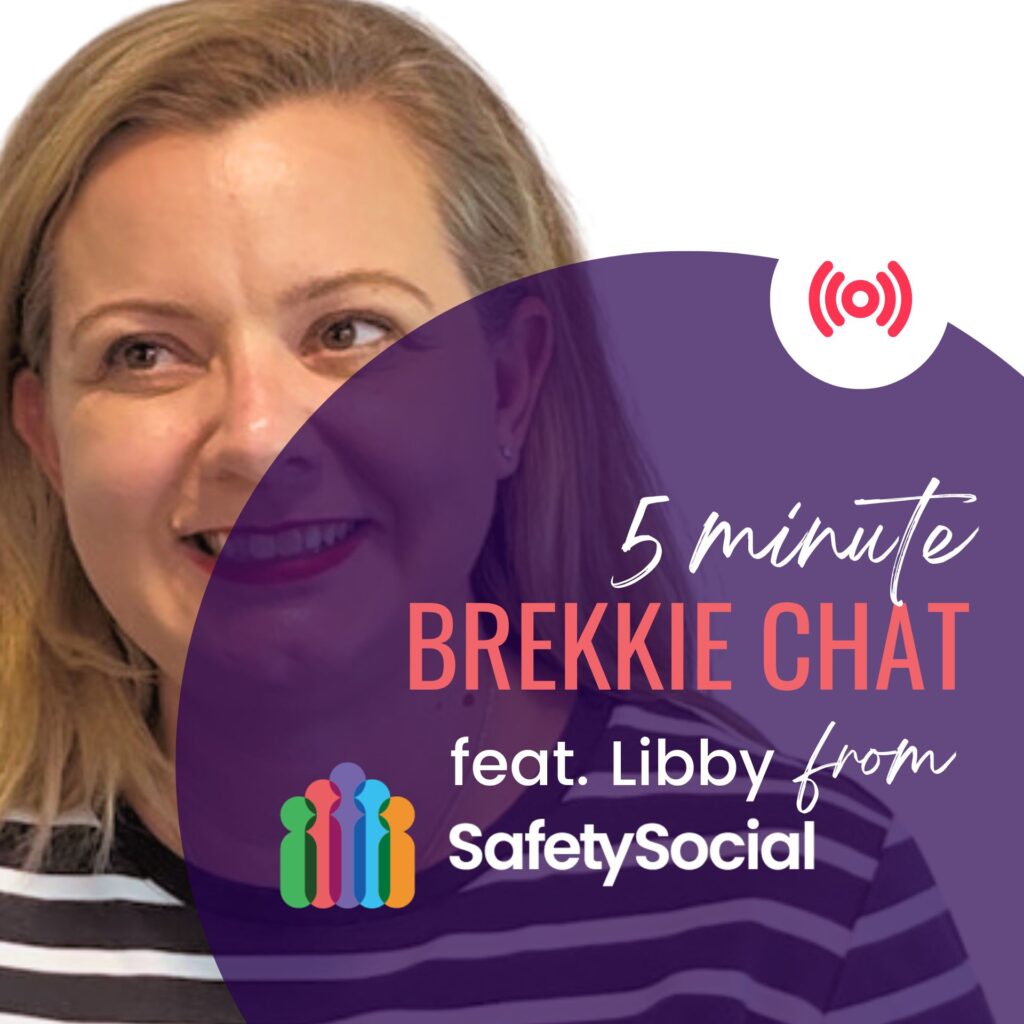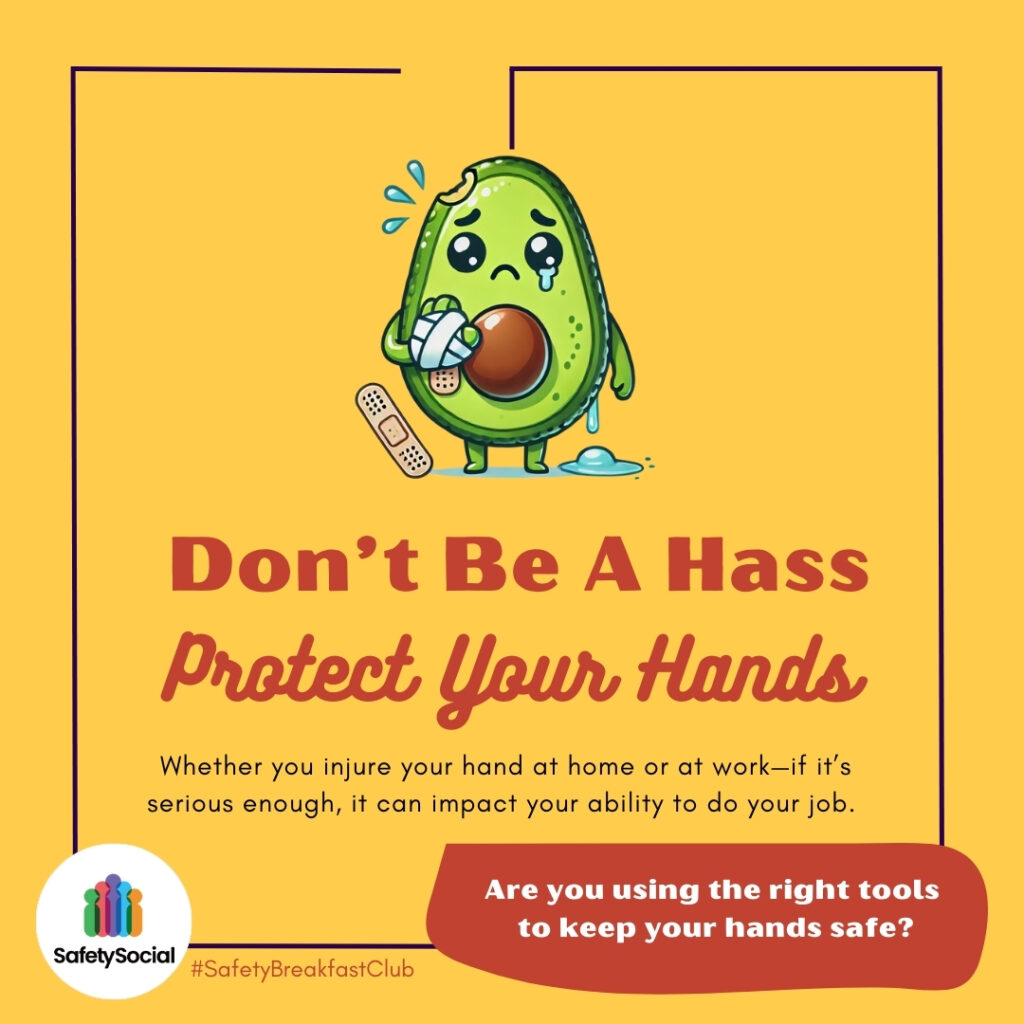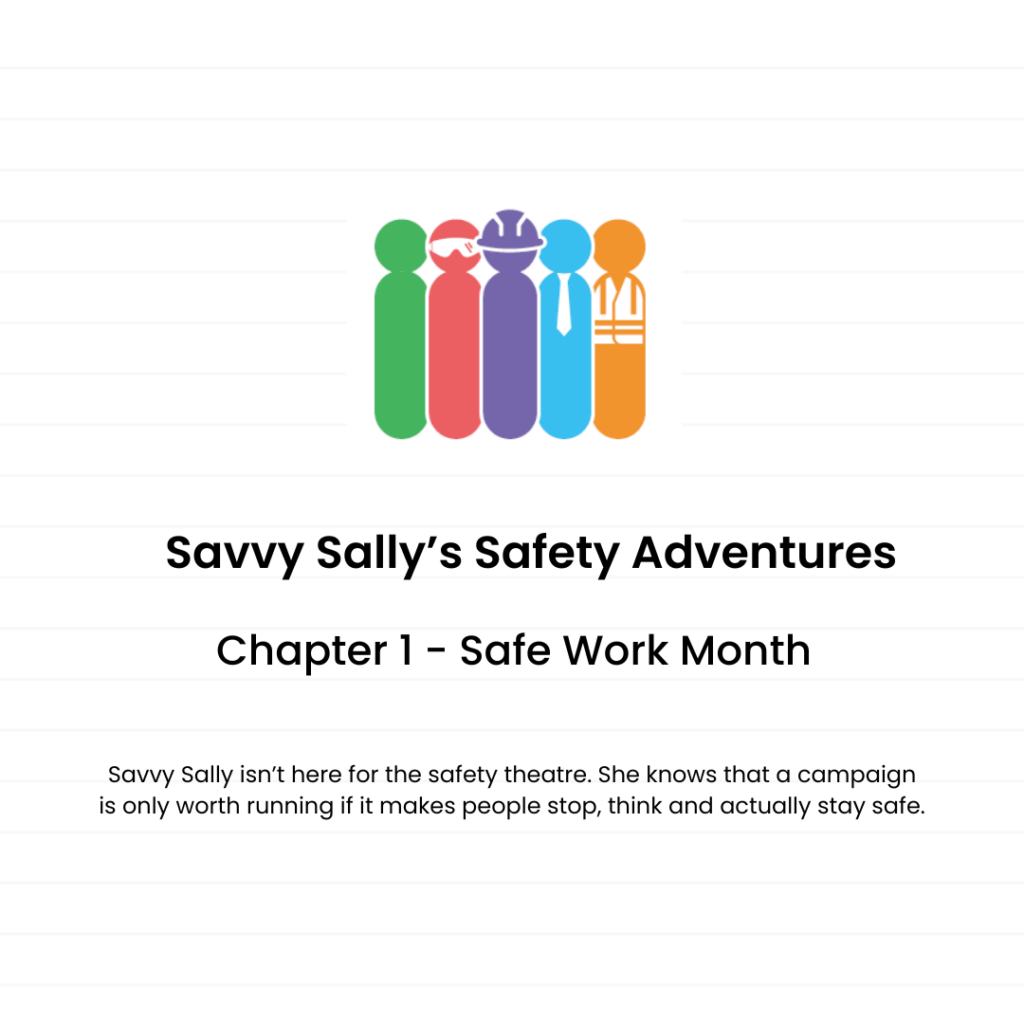Hey there 👋,
I worked at a creative agency in the early 2010s, and while I still carry some scars from that time, it’s also where I picked up some of my most valuable skills.
When you’re juggling a demanding boss, an even more demanding client, limited resources, and impossible deadlines, you quickly learn how to manage the unmanageable.
The number one tool I developed was simple: no matter how overwhelming the task, breaking it down into its smallest, most doable parts made almost anything possible.
I know a lot of people in business feel the same when it comes to safety—it can seem like an impossible task with tight budgets and an already overflowing plate. And yet, so many of us want to do more to keep our people safe, but just don’t have the time or tools.
That’s why I’m excited to share something that started as a chat about “avocado hand” has now turned into a fully-fledged safety campaign.
Best part? It’s free and ready for you to grab right now.
Libby & the SafetySocial team.
Cognitive Bias – “Bike-shedding”
Ever wonder why meetings seem to drag on, only to end with the important stuff barely touched?
That’s Parkinson’s Law of Triviality, also known as “bike-shedding”.
It happens when people spend way too much time discussing easy, trivial matters—like the color of a bike shed—while the more important, complicated issues get sidelined.
Why?
Because it’s much more comfortable to debate the small stuff we all understand.
The result? Time wasted on what doesn’t really matter, while the real priorities get ignored.
Want to know more and what you can do about it? Check out this piece from The Decision Lab.

Best of the Internet

The Canary – Michael Lewis
I was hoping to share something short and funny this week but instead it’s a long-form article.
Don’t let the length put you off – it’s a fascinating story of one man spending his whole career to try and improve coal mine safety.
“Chris Mark, through his work,
dramatically improved the safety of coal mines with a meticulous approach to
understanding and engineering the mining environment. His efforts led to a
historic year where, for the first time, no deaths due to roof collapses were
recorded in American coal mines. His application of rigorous statistical
analysis and practical engineering solutions has saved countless lives, turning
theoretical safety measures into effective, on-the-ground practices.”
More info here
Got a content idea? Want to write for SafetySocial or be featured?
Want more content like this straight to your inbox? Subscribe 👇👇👇



